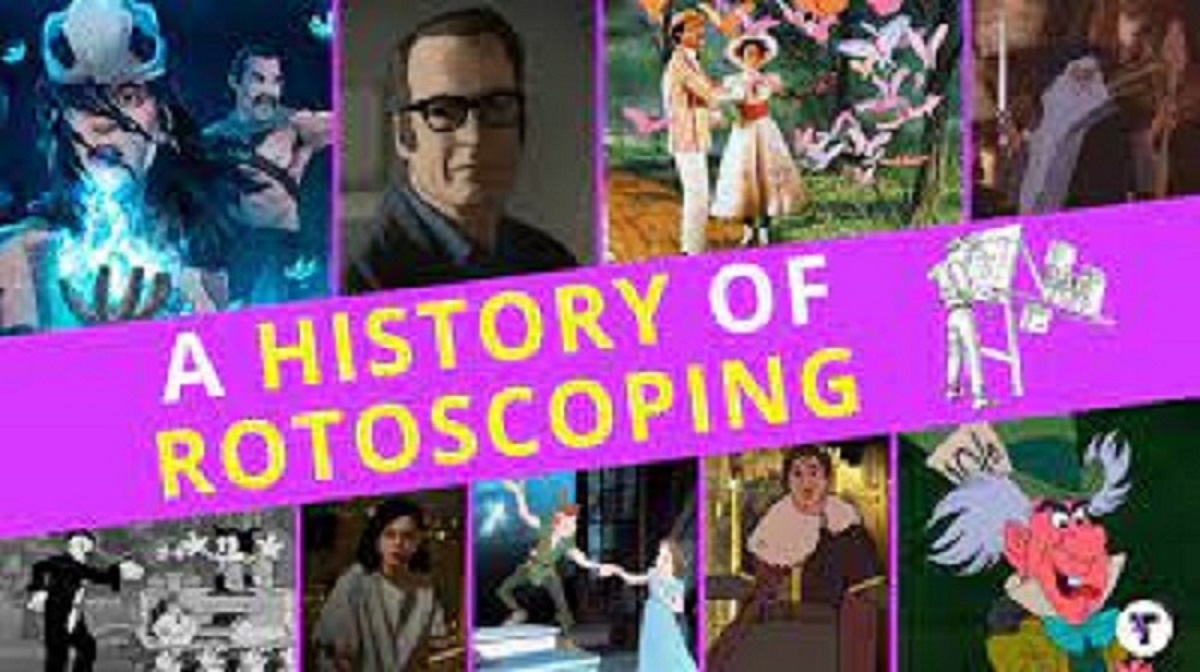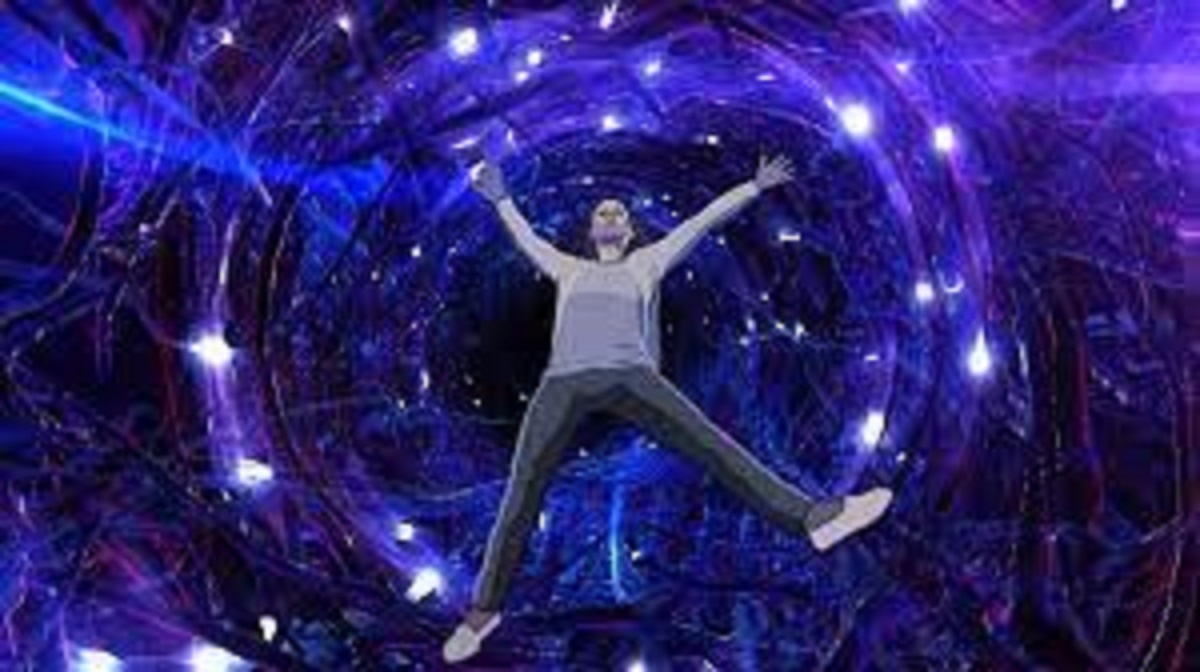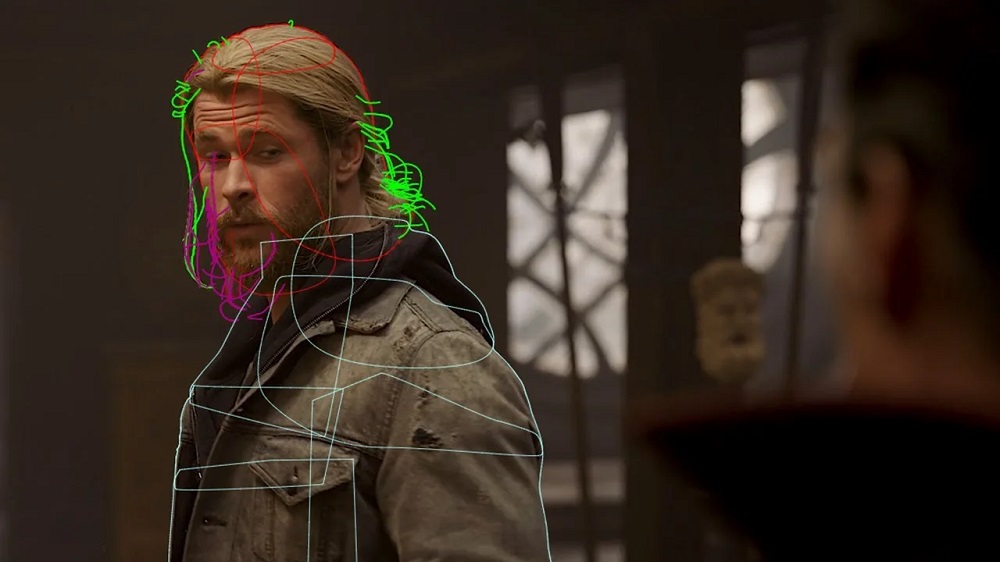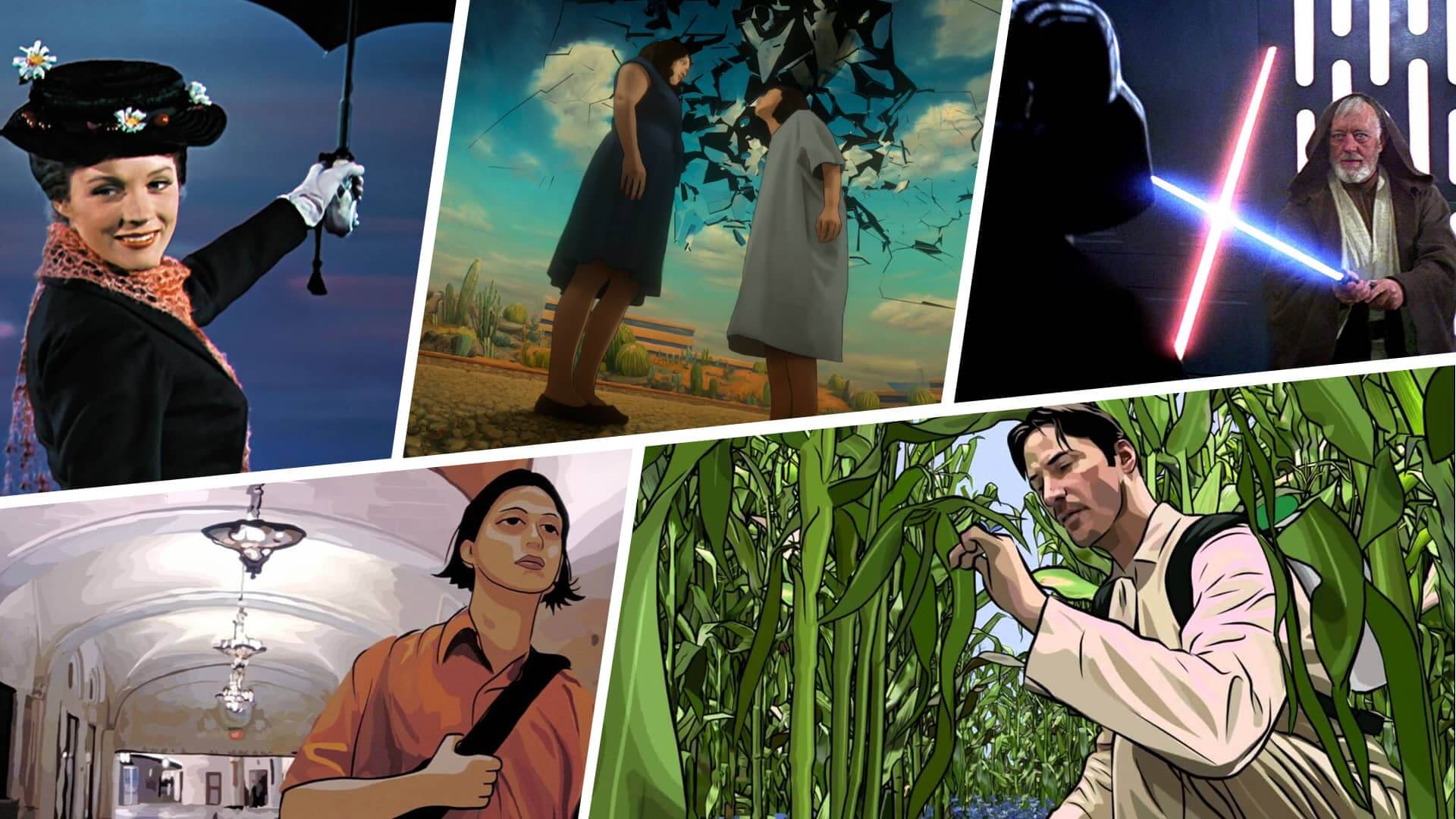Introduction: The Magic of Rotoscoping
In the world of filmmaking, innovation knows no bounds. One such creative technique that has left an indelible mark on the industry is rotoscoping. Often dubbed as a marriage between animation and reality, rotoscoping has been captivating audiences for decades with its unique blend of art and technology. In this blog, we dive into the mesmerizing world of rotoscoping, exploring its history, applications, and some of the best use cases in film and video.
A Glimpse into Rotoscoping's Past
Rotoscoping's roots trace back to the early 1900s when animator Max Fleischer patented the technique. Originally used as a tool for enhancing traditional animation, rotoscoping involves tracing over live-action footage frame by frame, creating a surreal and ethereal effect. Let's take a step back in time to appreciate the vintage charm of early rotoscoped animations:

Applications Beyond Animation
While rotoscoping has its roots in animation, its applications have expanded far beyond. Modern filmmakers have harnessed its power to create stunning visuals that seamlessly blend reality with imagination. Take a look at how rotoscoping has been employed:
1. Creating Dreamlike Sequences
Rotoscoping lends itself beautifully to dream sequences, adding an otherworldly quality to the visuals. The technique's ability to blur the lines between reality and fantasy can be seen in scenes like this:

2. Visual Effects with a Twist
Rotoscoping has opened doors to innovative visual effects. By isolating elements and meticulously altering them, filmmakers achieve effects that leave viewers in awe. Here's an example of how it transforms an ordinary shot:

3. Fusing Past and Present
Bringing historical events to life requires meticulous attention to detail. Rotoscoping can bridge the gap, making history tangible and relatable:
Rotoscoping's Modern Renaissance
In recent years, technology has propelled rotoscoping to new heights. Digital tools streamline the process, allowing artists to work more efficiently while preserving the technique's core essence. With improved precision, filmmakers can now create intricate scenes like this:
Conclusion: The Artistry Continues

Rotoscoping remains a testament to the ever-evolving landscape of filmmaking. Its ability to blend reality and imagination continues to captivate audiences and push artistic boundaries. From vintage classics to modern marvels, rotoscoping's journey through time reminds us that innovation is the heartbeat of the industry.
As we celebrate the remarkable technique of rotoscoping, let's raise a toast to the filmmakers, artists, and visionaries who keep the magic alive on the silver screen.
Share your favorite rotoscoped moments in the comments below and keep the conversation going!
Remember, the world of film is a canvas for boundless creativity.